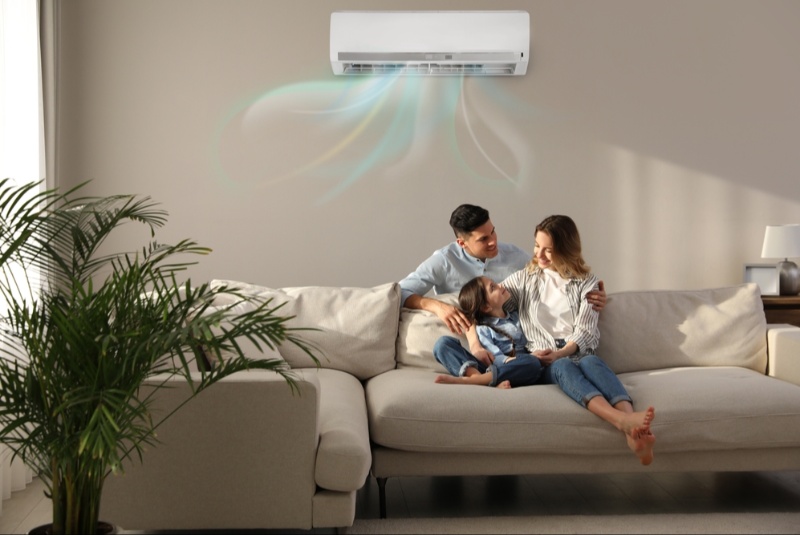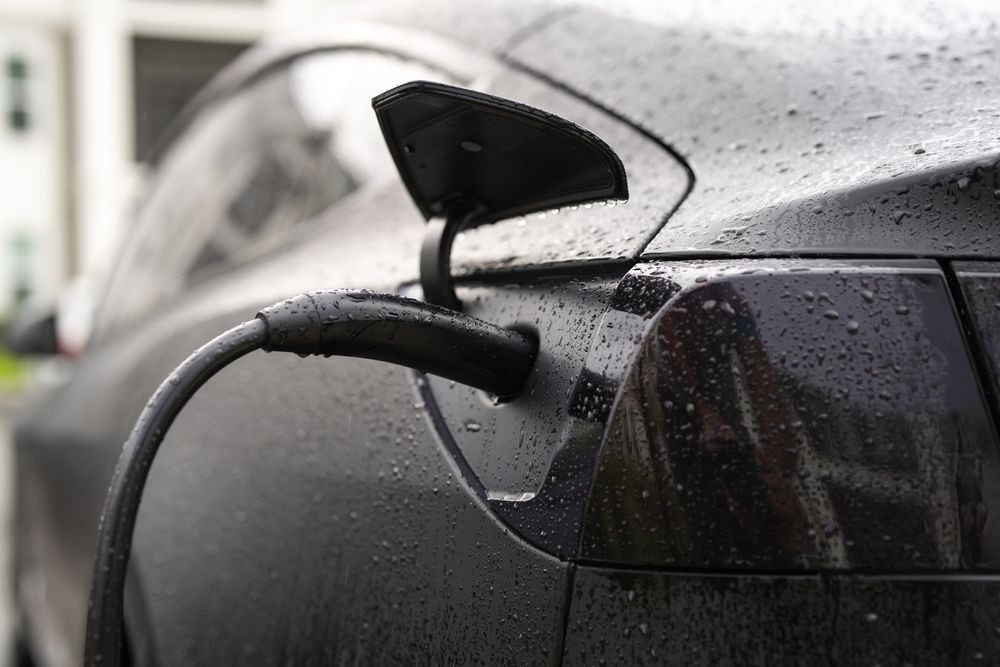External hard drives are essential tools for anyone who needs extra storage, whether for backup purposes, transferring large files, or simply expanding the storage capacity of a device. With so many options available on the market, it can be overwhelming to choose the right one. To help make the decision easier, this guide will walk you through the important factors to consider when buying an external hard drive.
1. Storage Capacity
The first thing you’ll need to consider when choosing an external hard drive is how much storage space you need. Storage capacity typically ranges from 500GB to several terabytes (TB), so it's essential to assess your needs.
-
500GB to 1TB: These are ideal for casual users who need to store documents, photos, and light media files like music or videos.
-
2TB to 4TB: For people with larger storage needs, such as storing high-definition movies, video editing projects, or large databases, a drive with 2TB or 4TB will offer enough space to handle these files.
-
5TB and beyond: If you're a professional photographer, videographer, or gamer who handles large amounts of data regularly, a drive with 5TB or more might be necessary to ensure ample space and future-proofing for your growing files.
2. Drive Type: HDD vs. SSD
When purchasing an external hard drive, you’ll encounter two main types: traditional hard disk drives (HDD) and solid-state drives (SSD). Both have their advantages and disadvantages, so it's important to choose the right one for your needs.
-
HDD (Hard Disk Drive): HDDs are the traditional option and are generally cheaper per gigabyte compared to SSDs. They offer large storage capacities at an affordable price, making them great for backup purposes and for storing files that you don’t need to access frequently. However, they are slower and more susceptible to damage from drops or impacts due to their mechanical nature.
-
SSD (Solid-State Drive): SSDs use flash memory to store data, making them much faster than HDDs. They also have no moving parts, so they are more durable and less prone to mechanical failure. While they are typically more expensive per gigabyte than HDDs, they provide faster data transfer speeds, which makes them ideal for tasks like video editing, gaming, and running applications. If you need fast access to your files and are willing to pay a premium for speed, an SSD is the way to go.
3. Connection Type: USB, Thunderbolt, or eSATA
The connection type determines the speed at which data can be transferred between your computer and the external hard drive. The most common connection types are USB, Thunderbolt, and eSATA, each with its own set of advantages:
-
USB 3.0/USB 3.1/USB-C: USB connections are the most common and versatile. USB 3.0 and 3.1 offer fast data transfer speeds, while USB-C, the newest standard, can offer even faster speeds and more convenience, particularly for newer laptops and smartphones. Most external hard drives use USB connections, and they’re compatible with both Windows and Mac operating systems.
-
Thunderbolt: Thunderbolt is the fastest connection type, offering data transfer speeds significantly higher than USB 3.0 and even USB-C. It’s commonly found in high-performance drives used for tasks like video editing, 3D rendering, or gaming. Thunderbolt ports are mostly found on higher-end laptops and desktop computers (especially Apple products), so make sure your computer supports Thunderbolt before purchasing a drive with this connection.
-
eSATA: This is another option, although less common than USB or Thunderbolt. eSATA offers fast data transfer speeds and is typically used for desktop systems. If you’re looking for performance and have an eSATA-compatible device, this could be a solid choice.
When choosing your connection type, it’s important to make sure the external drive is compatible with your device’s ports and meets your speed requirements.

4. Transfer Speed
Transfer speed refers to how fast data is written to or read from the external hard drive. This is particularly important if you work with large files, such as videos, photos, or database backups.
-
HDDs: Typically offer slower speeds, ranging from 80 MB/s to 160 MB/s, depending on the specific drive and connection type. While they are adequate for general use, you’ll likely notice slower speeds when transferring large files or performing tasks like video editing.
ADVERTISEMENT -
SSDs: Offer faster speeds, ranging from 200 MB/s to 500 MB/s for standard SSDs, with some high-end models offering even faster speeds. If you need fast read/write speeds, an SSD is the clear choice.
-
USB 3.0 vs USB 2.0: If you're using an older device with a USB 2.0 port, your transfer speed will be significantly slower than with a USB 3.0 or USB-C port. Be sure to check the device you’re using to ensure it supports the desired transfer speed.
5. Portability and Size
External hard drives come in different sizes, and their portability is another key factor to consider. If you need a drive that’s easy to carry around, you’ll want a compact, lightweight option.
-
Portable Drives: These are small, lightweight drives that require no external power source and are designed to be easily carried in a bag or pocket. They typically come in 2.5-inch form factors and are available in both HDD and SSD types.
-
Desktop Drives: These drives are larger, often requiring an external power supply and designed for stationary use. They generally offer more storage capacity than portable drives and are usually found in the 3.5-inch form factor. Desktop drives are ideal for users who need massive storage but don’t need the drive to be mobile.
6. Durability and Reliability
Durability and reliability are important factors, especially if you plan to travel with your external hard drive or use it in different environments. Some drives come with built-in shock resistance, water resistance, or ruggedized exteriors.
-
Rugged Drives: These external hard drives are designed to withstand physical damage, such as drops, dust, and moisture. If you frequently travel or work in environments where the drive may be exposed to rough conditions, a rugged drive may be worth considering.
-
Reliability: Look for well-reviewed brands and read up on the drive’s warranty and failure rates. Reliable brands like Western Digital, Seagate, and LaCie tend to have high-quality products backed by warranties, giving you peace of mind if something goes wrong.
7. Backup and Security Features
When choosing an external hard drive, consider whether it offers backup software or security features such as password protection or encryption. These can be valuable, particularly if you store sensitive information on the drive.
-
Backup Software: Some external hard drives come with bundled software that can automatically back up your files. This is especially helpful if you’re using the drive as a backup solution for your computer or important documents.
-
Encryption and Password Protection: If you’re concerned about the security of your data, look for an external hard drive that offers hardware encryption or password protection. This feature ensures that your data remains secure even if the drive is lost or stolen.
8. Price
The price of an external hard drive can vary greatly depending on the type, brand, storage capacity, and additional features. In general, you’ll pay more for SSDs, drives with larger capacities, and those with faster transfer speeds or additional security features.
-
HDDs: Generally less expensive than SSDs, HDDs offer more storage space for the price, but they come with slower speeds.
-
SSDs: More expensive than HDDs, SSDs provide faster speeds and better durability but cost more per gigabyte of storage.
-
Price per TB: When comparing drives, it can be helpful to calculate the price per terabyte (TB) to assess which option offers the best value based on your needs.
Choosing the best external hard drive for your needs depends on several factors, including storage capacity, drive type, transfer speed, portability, and durability. By considering how you intend to use the drive and what features matter most to you, you can find the perfect external hard drive to meet your storage needs.
For casual users, a portable HDD with ample storage space may suffice, while content creators and professionals may benefit from the speed and durability of an SSD. Whichever option you choose, make sure to factor in compatibility, transfer speeds, and security features to get the most out of your new external hard drive.




